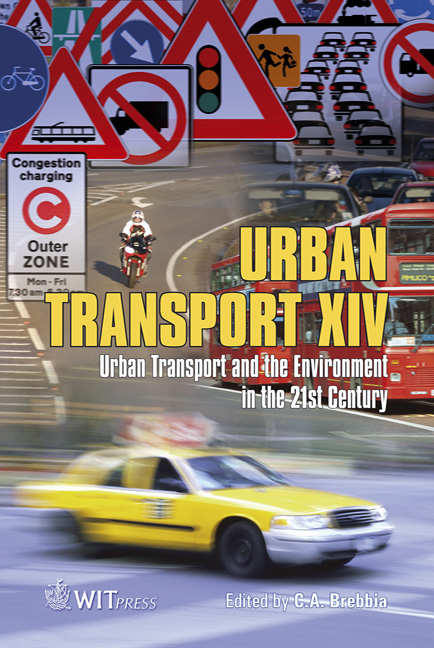Defence In Depth: Transport System And Defence System
Price
Free (open access)
Transaction
Volume
101
Pages
14
Page Range
87 - 100
Published
2008
Size
2,670 kb
Paper DOI
10.2495/UT080091
Copyright
WIT Press
Author(s)
A. Cointet
Abstract
In a competitive context and strongly regulated, the stakes for a mass transport company are strong: to perpetuate the confidence of its clients, or Transport Authorities, to establish a national and international public image, to guarantee technical and economic performances. The increasing complexity of the transport systems and the reports carried out from incidents justify that a company such as RATP acquires and develops methods and tools to improve the control of the risks related to its activity, and to ensure a better knowledge of its system, by taking into account evolutions of this system since its creation. Showing a high level of safety, which is recognized by all the actors of the transport field, RATP wants to maintain this safety level, even to improve it. But, it keeps facing problems related to the complexity of transport system, requirements and constraints. Safety barriers have been progressively installed within the system, procedures have been written and applied, inspections and audits have been carried out. In addition, experts gathered within a system safety network examine incidents, taken into account human factors (ergonomic, formalized experience feedback). Despite these measures, serious breakdowns still appear but less often and their consequences are better controlled. Keywords: defense, typology, flow, sensitive element, aggressive element, lines. 1 Introduction To take into account these various factors which could question safety, RATP has established its Risk Management Policy based on principles, which are destined to help the leading of Railway System Safety Studies.
Keywords
defense, typology, flow, sensitive element, aggressive element, lines.





